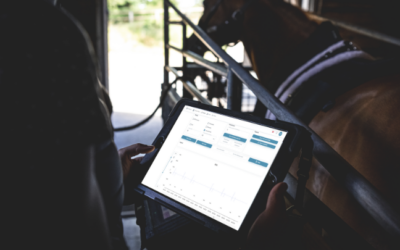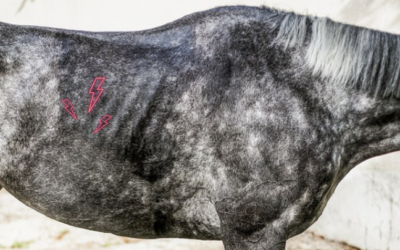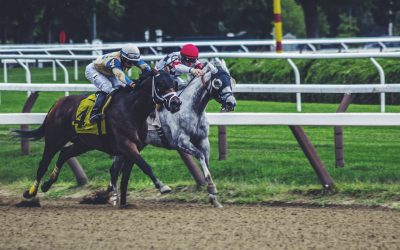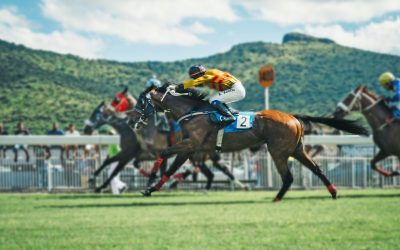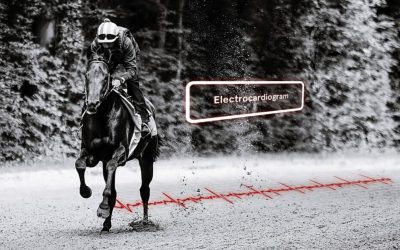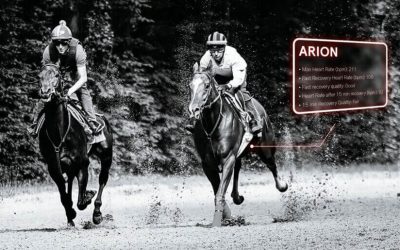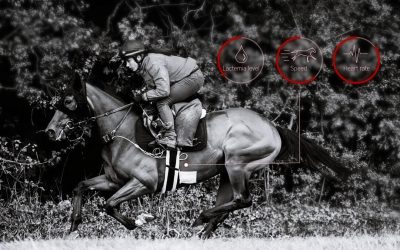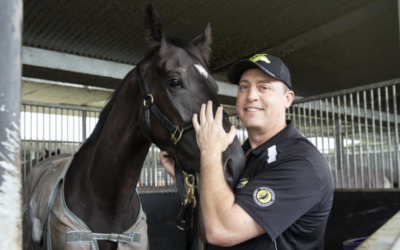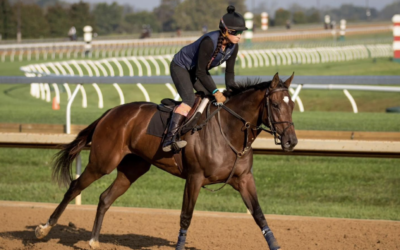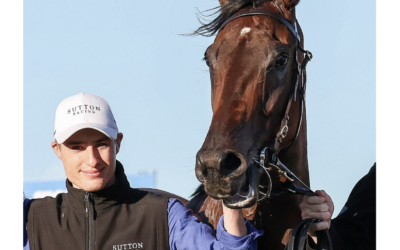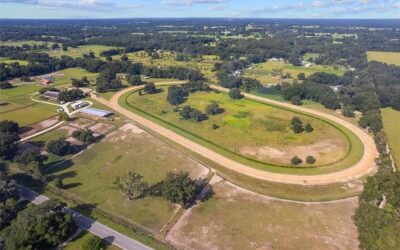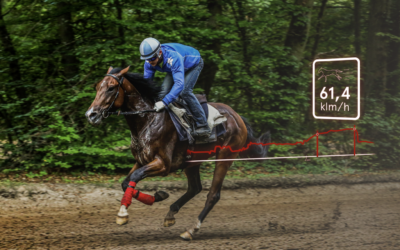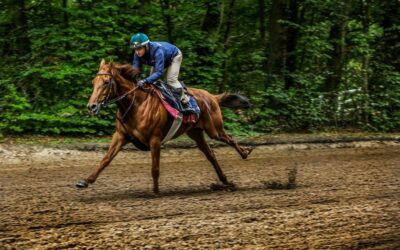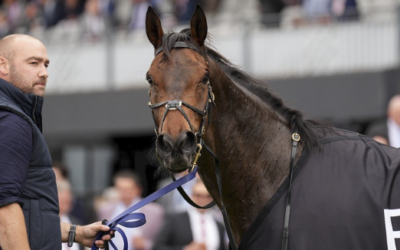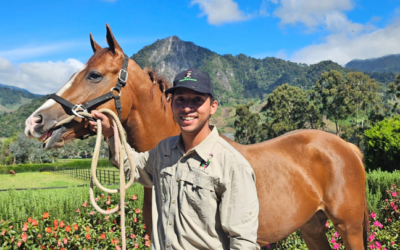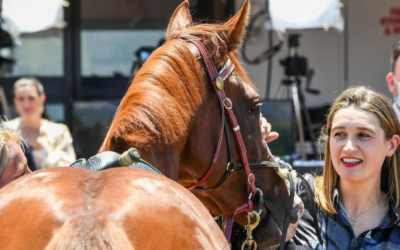EXPLORE OUR BLOG
Here you will find a lot of information to better understand performance and health measurements as well as tips about racehorse training and well-being.
LATEST ARTICLES
How the Advanced program helped Nick Pinkerton with equine performance and analysis
In this interview, Nick Pinkerton reflects on his career, his involvement in the Advanced program, and his ambitions to revolutionize equine performance analysis through data science.
Dashboard Vet, launch of a new feature: ECG sharing and analysis
Arioneo is launching a new feature that makes it easier to share and analyse your horse’s ECG with your vet.
In Chantilly, Tim Donworth talks about the EQUIMETRE innovation serving equine performance
Tim Donworth, a young Irish trainer based in Chantilly for nearly three years, shares his experience and modern vision of racehorse training with EQUIMETRE.
Gastric ulcers in racehorses: impact on performance
Gastric ulcers are the most common gastric pathology in horses and can develop for a variety of reasons, depending on which part of the stomach is affected.
EQUIMETRE 2.0: Revolutionize your training with real-time tracking
With the recent release of Equimetre 2.0, our sensors have taken technology to a new level, offering real-time tracking functionality.
Giordana Girini, integrating the Advanced program into her vision of a future data analyst
Giordana, an equine science and osteopathy enthusiast, tells us about her journey, her experience with the Advanced program, and how she integrates data into her daily life.
BROWSE AMONG OUR CATEGORIES
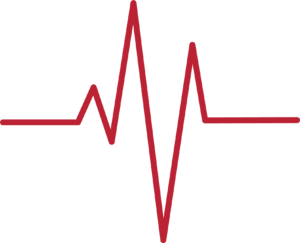
Equine Physiology

Testimonials
Racehorse training
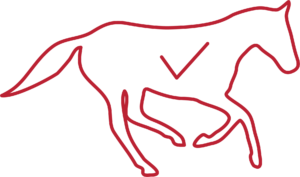
Young racehorses
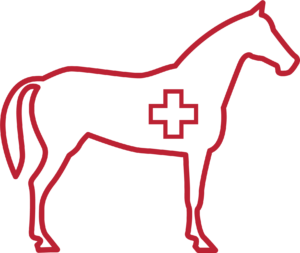
Health & Science
Standardbreds
EQUINE PHYSIOLOGY
V200 and V4 | Understanding the heart rate zones of the racehorse
6 key elements to analyze heart rate
Discover 6 key elements to analyze your racehorses’ heart rate data.
ECG of the athletic horse
The electrocardiogram (known as ECG) is a veterinary tool that records the electrical activity of the heart. It allows to investigate and monitor the heart function of the horse by displaying the electrical activity of the heart.
Finding the right balance between under-training and overtraining
The horse’s team encounter a major issue in the training of racehorses: how to find the balance between overtraining and under-training?
EQUIMETRE, a scientifically validated tool
After more than a year of work, we are proud to be able to bring scientifically validated, medically accurate technology to our veterinary clients.
Standardised test of effort in horses
The standardised test of effort is a tool allowing to assess the way in which the horse performs during training and holds his effort.
RACEHORSE TRAINING MONITORING
In Brisbane: Tony Gollan’s Equimetre experience.
From his journey with data collection to the benefits of using EQUIMETRE, Tony shares how data-driven decisions have enhanced his training outcomes.
Lexington trainer: Kara Lin Toye’s Equimetre experience.
The Keeneland meet is always a good opportunity to meet and greet our Equimetre users based in Kentucky, including Kara Lin Toye.
She told us about her experience with Equimetre and how she integrates it into her daily work with horses.
From Flemington to Ballarat: Dom Sutton’s Equimetre experience
Our representatives from Arioneo in Australia had the opportunity to speak with Dom Sutton at his stables in Ballarat about his experience with and use of Equimetre. As young startup stable, transitioning from Flemington to Ballarat, data has been a strong asset in the team organization.
Citra Oaks Farm (Brad & Debbie Donaldson): One of the first farms to offer Equimetre services in Florida
Debbie and Brad Donaldson’s passion for animals, and especially horses, is evident from
the first seconds of a conversation with them.
Navigating your data provider transition seamlessly: 5-Step guide
In the dynamic world of equine performance analytics, choosing the right data provider is crucial for maximizing your horses’ potential. If you’re considering a transition or seeking alternatives, Equimetre is here to ensure a seamless switch, enhancing your training outcomes without skipping a beat.
Heart murmur and performance: are they compatible?
The cardiovascular system can be compared to a huge orchestra, and the presence of any structural defect can alter the functioning of the system and throw the orchestra out of harmony. A heart murmur is added to the initially audible heartbeat and becomes a false note in the orchestra, requiring the trainer to intervene on several levels.
EQUINE HEALTH & SCIENCE
How the Advanced program helped Nick Pinkerton with equine performance and analysis
In this interview, Nick Pinkerton reflects on his career, his involvement in the Advanced program, and his ambitions to revolutionize equine performance analysis through data science.
Gastric ulcers in racehorses: impact on performance
Gastric ulcers are the most common gastric pathology in horses and can develop for a variety of reasons, depending on which part of the stomach is affected.
Giordana Girini, integrating the Advanced program into her vision of a future data analyst
Giordana, an equine science and osteopathy enthusiast, tells us about her journey, her experience with the Advanced program, and how she integrates data into her daily life.
YOUNG RACEHORSES MONITORING
No Results Found
The page you requested could not be found. Try refining your search, or use the navigation above to locate the post.
STANDARDBREDS TRAINING
No Results Found
The page you requested could not be found. Try refining your search, or use the navigation above to locate the post.
TESTIMONIALS
Michael Blomeley: How the Advanced program is helping racehorse training with data science
Driven by his ambition to become a successful trainer, Michael explains how the Advanced program has equipped him to integrate data and sports science into his daily routine.
Jose Gutierrez & the Advanced program : Enhancing horse training with data analysis
In the world of horse racing, success is often attributed to instinct, experience, and tradition. However, Jose Gutierrez is proving that data analytics is the next frontier in optimizing performance and ensuring equine well-being.
Caroline Jennings & the Advanced program: revolutionizing equine research
Caroline Jennings, expert trainer in biomechanics and equine research, integrates cutting-edge analysis to optimize horse performance and well-being.


